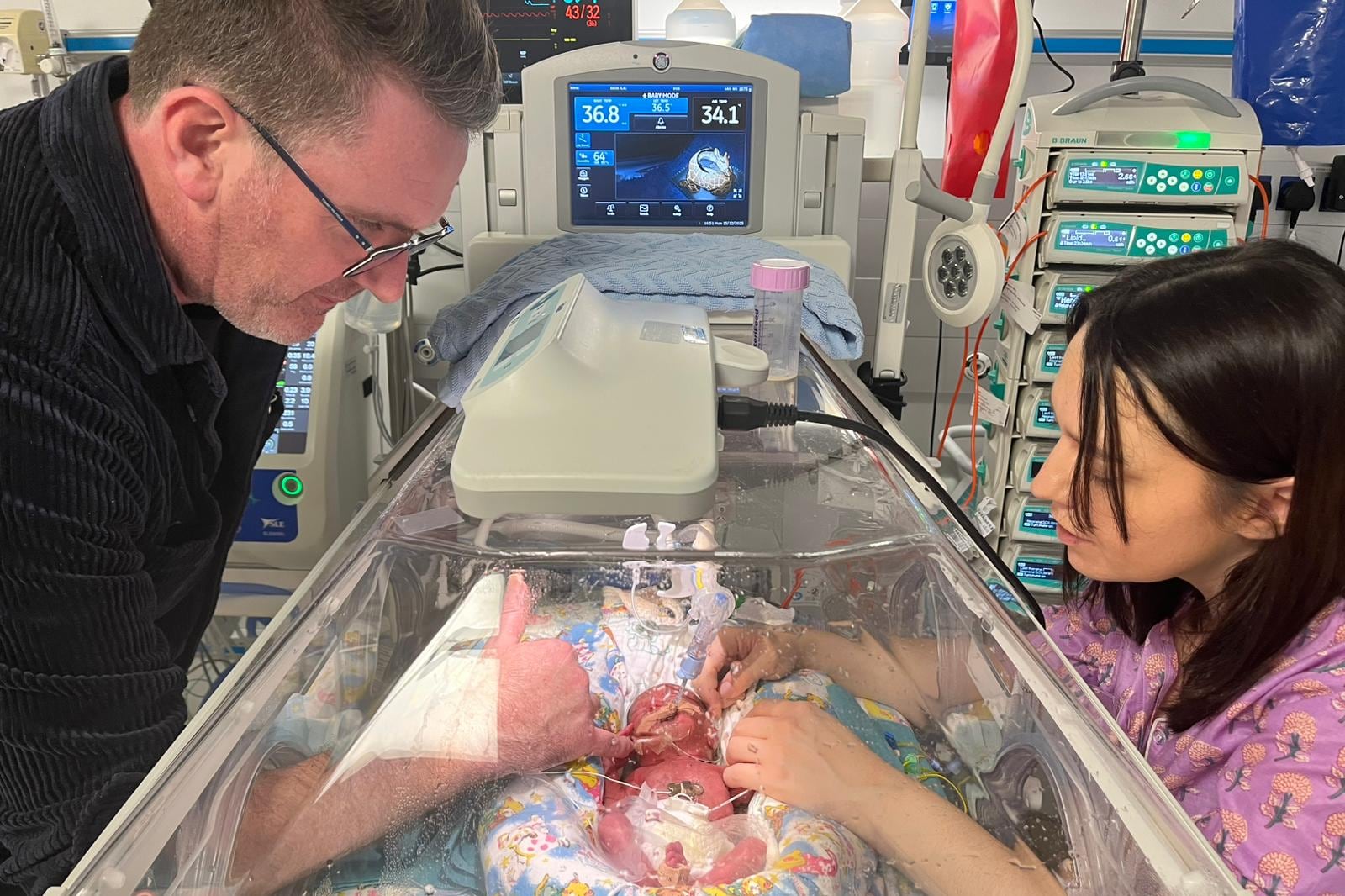You know the story – we are born, we grow old and then we die. Ageing is the single biggest cause of human suffering and death. But, what if we could halt, or even reverse ageing? Many research groups are working on reversing the ageing process and scientists recently reached a milestone in this area.
Ageing reflects the decline of the body’s ability to maintain a stable internal environment resulting in the accumulation of age-related diseases – cancer, cardiovascular and neurodegenerative diseases, etc. As we age, risk of death rises. For humans over 10 years old the risk rises exponentially. Apart from a plateau at 20-30 years, the chances of dying double every eight years. At age 35 our chances of dying within a year are 1/1000, at 65 the odds are 1/100 and by 80 years old the odds are 1/10.
The median duration of healthy life has been greatly extended over the past century, significantly attributable to medical interventions (surgery, antibiotics, vaccination, organ transplantation etc). Over the past 150 years median lifespan increased from 45 years to 80 years in developed countries. But there has been little or no increase in maximum human lifespan (110-120 years). Increasing maximum human lifespan calls for slowing down or ending the ageing process itself.
[ A fire in the sky: our planet’s relationship with the sunOpens in new window ]
The human body runs on instructions encoded in our genes – collectively called the human genome. These instructions are written in a genetic language whose words, called genes, use only four letters. Over the course of a lifetime some letters get scrambled/deleted (mutations) and until recently theories of ageing assumed that accumulation of mutations primarily accounts for ageing.
READ MORE
However, in recent times attention is focusing more on another set of instructions in our cells called the epigenome. It controls what genes are switched on and what genes are switched off in the cells of each body tissue. All cells in the body contain the same genetic information, but different tissue cells look and behave very differently, eg muscle and skin. Different genes are switched on and off in these two tissues and this is dictated by the epigenome.
Recent research reported by David Sinclair and others in Cell, and commented on by Alice Park in Time, demonstrates that, in mice, epigenetic changes are responsible for much of the deterioration seen during ageing, but that this deterioration can be reversed by “rebooting” the epigenetic system.
Sinclair’s team reports that they can accelerate ageing in mice and also reverse that ageing, restoring biological signs of youth to the animals, by manipulating epigenetic signals. They make a strong case that the main driver of ageing is not accumulation of genetic mutations but epigenetic instructions that have gone awry.
Sinclair points out that if ageing is caused by accumulated mutations, then ageing would not be reversible. The fact that ageing in mice is reversible means the overall system is intact and that there is a backup software copy of instructions that simply needs rebooting – like pushing Ctrl-Alt-Del when your computer gets scrambled.
Sinclair mimicked the effects of ageing on the epigenome by introducing specific breaks in DNA in young mice, following which the mice showed signs of ageing within weeks – grey fur, decreased body weight, decreased activity and increased frailty. They then rebooted the cells using three of the four factors that Nobel laureate (2012) Shinya Yamanaka used in 2006 to reprogram specialised skin cells back into undifferentiated pluripotent stem cells, turning back adult cells’ clocks and allowing them to start differentiation all over again. For example, all cells in the early embryo are pluripotent, able to develop into all of the adult specialised tissue cells – muscle, bone, liver, kidney etc.
[ Sucking carbon dioxide from the air just one way we can control global warmingOpens in new window ]
Sinclair’s technique shows great promise, for instance it can restore eyesight in old mice. They now plan to start work on non-human primates and then move on to humans. It is hoped that this work will enable successful treatment of a host of diseases, including chronic heart disease and neurodegenerative disorders like Alzheimer’s, by reversing the ageing process that leads to them.
Whether or not greatly lengthening human lifespan, perhaps indefinitely, would be a good thing is a huge question, meriting an entire article on its own. But, if reliable technology to reverse ageing becomes available, we can be sure it will be used.
William Reville is an emeritus professor of biochemistry at UCC
















